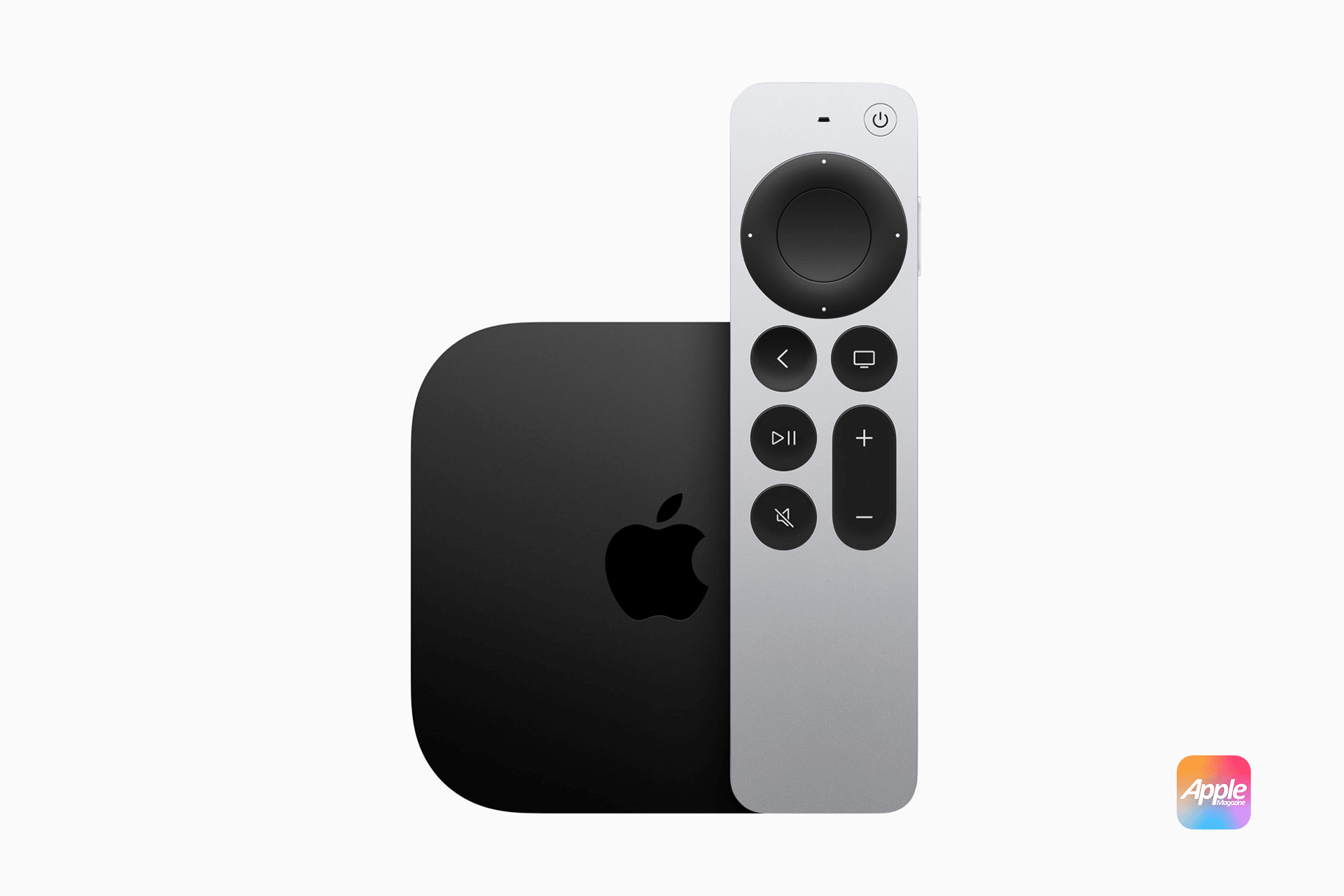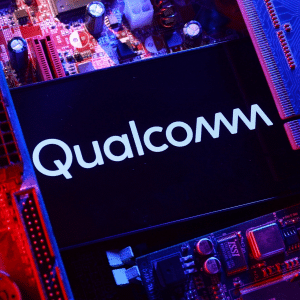Recent reports indicate that both the HomePod mini and Apple TV are in short supply across major retailers and Apple’s online store, suggesting that updated versions could be on the horizon. The low inventory levels, which have persisted since early October, align with typical pre-refresh patterns seen before new product launches.
Although Apple has not made any official announcement, analysts note that such stock constraints often precede hardware updates or lineup restructuring. With the 2026 Home Hub expected to debut next year, the company may be preparing to reposition its home device portfolio.
Inventory Shortages and Retail Patterns
Retail listings from the United States, Canada, and several European markets show limited availability of both the HomePod mini and Apple TV 4K. In some regions, specific color variants of the HomePod mini have gone completely out of stock, while Apple’s own store now lists shipping delays extending beyond three weeks.
Apple typically manages its channel inventory tightly. When supplies of key accessories or smaller devices dip across multiple territories, it often signals production shifts or preparations for refreshed models. The same trend was observed before the releases of the second-generation HomePod and the 2022 Apple TV 4K update.
Analysts suggest that the current shortage could reflect the company’s transition toward new designs or the integration of updated chipsets, potentially featuring the M5 family for greater processing efficiency and Apple Intelligence compatibility.
Possible Updates in the Home Device Lineup
The HomePod mini and Apple TV are central to Apple’s home ecosystem. Both devices serve as access points for Siri and HomeKit, and their next versions are expected to integrate more advanced AI and local processing features.
Industry watchers believe Apple may merge certain home functionalities into fewer, more capable products. The upcoming Home Hub, for instance, could combine elements of the HomePod mini and Apple TV, serving as both a smart display and a control center for connected devices.
If that integration proceeds, future versions of the HomePod mini might focus more on audio performance and compact multi-room configurations, while Apple TV could evolve into a slimmer, more powerful streaming platform with extended AI features.
Shifts in Production and Supply Chain
Multiple supply chain reports point to manufacturing adjustments within Apple’s partner network. BYD and Luxshare are believed to be scaling down assembly of current HomePod mini units, while preparing facilities in Vietnam and Malaysia for upcoming product lines.
This diversification reflects Apple’s continued movement away from reliance on single-region production, aligning with the company’s broader Southeast Asia manufacturing strategy.
Market Outlook
Short-term stock shortages may make it difficult to purchase HomePod minis or Apple TVs during the upcoming holiday season. However, these gaps often indicate new models entering production.
If updates follow Apple’s usual release cadence, the refreshed devices could appear as early as the first quarter of 2026 — possibly alongside the launch of the Home Hub and other M5-powered home products.
Apple appears to be preparing for a new phase in its connected-home strategy — one centered on unified design, AI processing, and modular scalability.


















